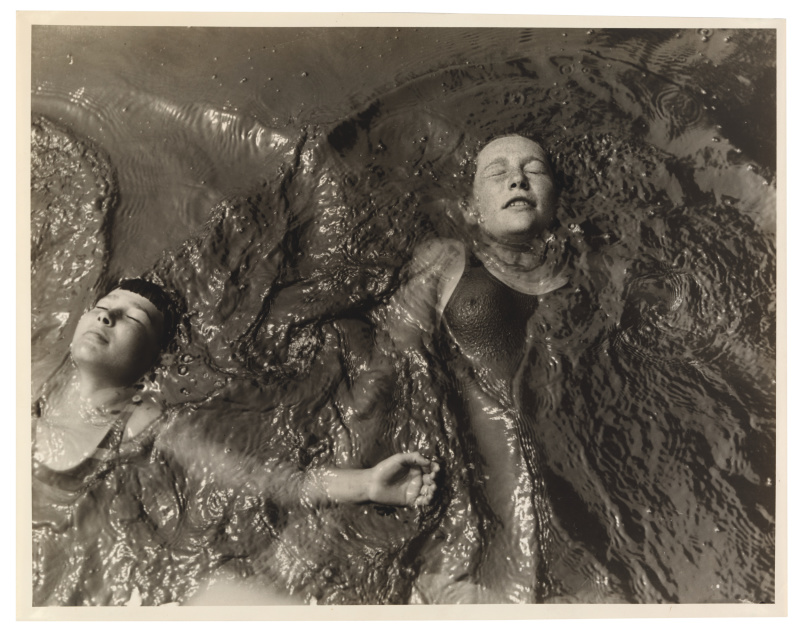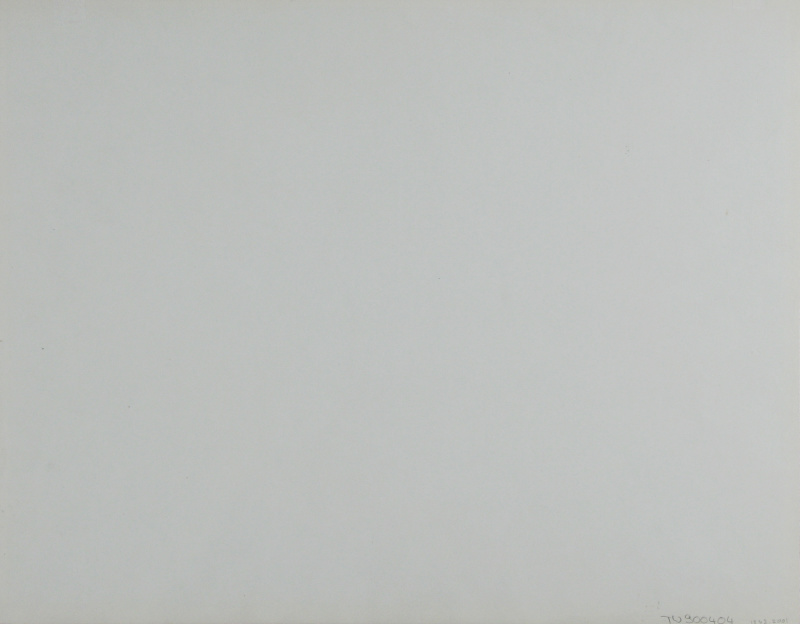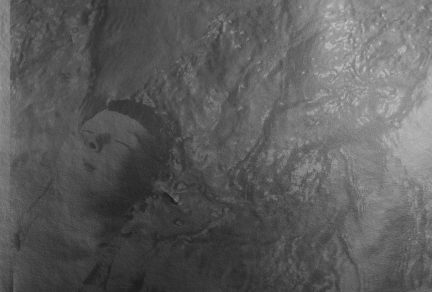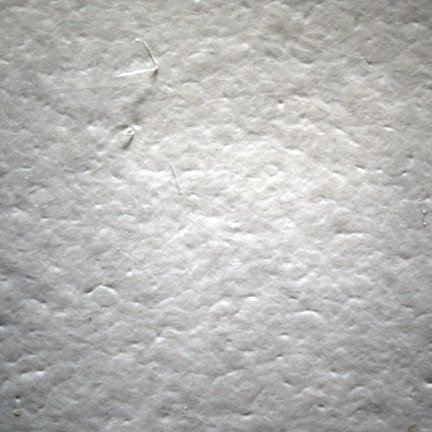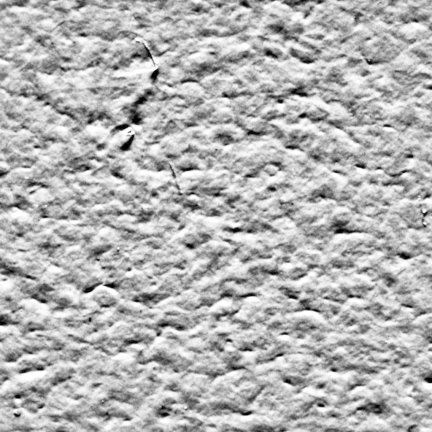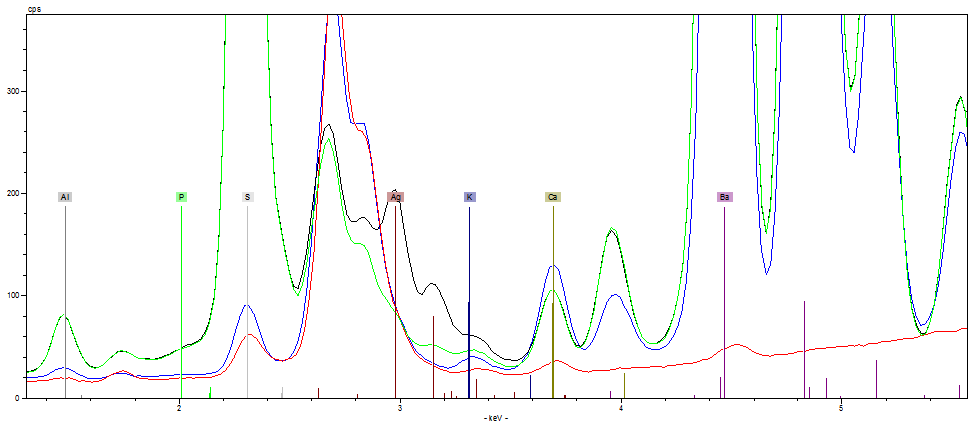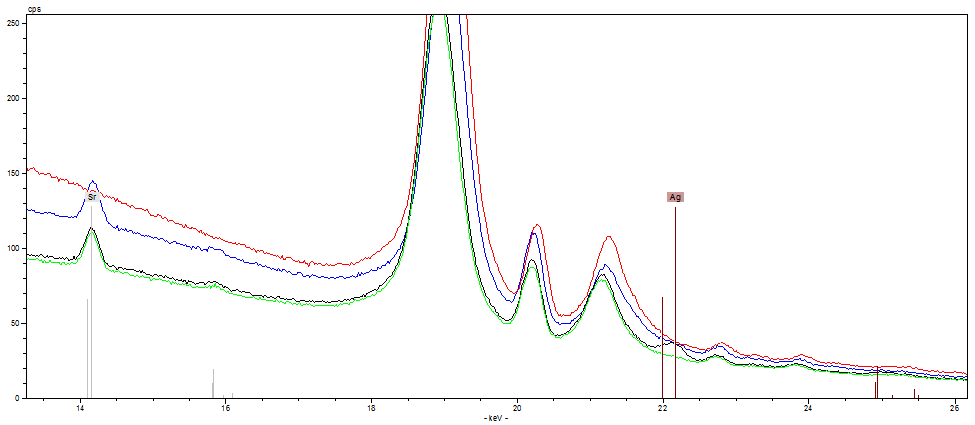Front / Recto
- Title Backstroke (Rückenschwimmerinnen)
- Negative Date 1930
- Print Date 1936–55
- Medium Gelatin silver print
- Dimensions Image 10 1/2 × 13 7/16" (26.6 × 34.1 cm)Sheet 11 × 13 15/16" (28 × 35.4 cm)
- Place Taken Hannover
- Credit Line Thomas Walther Collection. Gift of Thomas Walther
- MoMA Accession Number 1862.2001
- Copyright © The Steinitz-Berg Family Art Collection, 1930
Back / Verso
- Mount Type No mount
- Marks and Inscriptions Inscribed in pencil on sheet verso, bottom right: TW 900404.
-
Provenance
The artist, New York/Los Angeles; by inheritance to the artist’s daughter, Ilse Berg, Los Angeles, 1975 [1]; to Galerie Berinson, Berlin, early 1980s [2]; purchased by Thomas Walther, possibly April 1990 [3]; given to The Museum of Modern Art, New York, 2001.
[1] MacGill/Walther 2001(4), p. 13.
[2] Ibid.; and Hendrik Berinson, conversation with Simon Bieling, Galerie Berinson, Berlin, February 18, 2005.
[3] Thomas Walther archival no. TW 900404 on sheet verso.
Surface
- Surface Sheen Semireflective
- Techniques Retouching (additive) Enlargement
- PTM
-
Micro-raking
Raking-light close-up image, as shot. Area of detail is 6.7 x 6.7 mm. Department of Conservation, MoMARaking-light close-up image, processed. Processing included removal of color, equalization of the histogram, and sharpening, all designed to enhance visual comparison. Department of Conservation, MoMA
Paper Material
- Format Imperial
- Weight Single weight
- Thickness (mm) 0.18
- UV Fluorescence Recto negative Verso negative
- Fiber Analysis Softwood bleached sulfite 95% Hardwood bleached sulfite 3% Softwood bleached sulfite Rag 2%
- Material Techniques Developing-out paper
-
XRF
This work was determined to be a gelatin silver print via X-ray fluorescence (XRF) spectrometry.
The following elements have been positively identified in the work, through XRF readings taken from its recto and verso (or from the mount, where the verso was not accessible):
- Recto: Al, P, S, Ca, Sr, Ag, Ba
- Verso: Al, S, K, Ca, Sr, Ba
The graphs below show XRF spectra for three areas on the print: two of the recto—from areas of maximum and minimum image density (Dmax and Dmin)—and one of the verso or mount. The background spectrum represents the contribution of the XRF instrument itself. The first graph shows elements identified through the presence of their characteristic peaks in the lower energy range (0 to 8 keV). The second graph shows elements identified through the presence of their characteristic peaks in the higher energy range (8 to 40 keV).
Areas examined: Recto (Dmax: black; Dmin: green), Verso or Mount (blue), Background (red)
Elements identified: Al, P, S, K, Ca, Ag, Ba
In Context
Historical Publications
-
“Die Wochenschau.” Hannoversche Kurier, no. 37 (1930): 9.
Click Photo-Parade (Chicago) 1, no. 3 (April 1938): 29.
Related People
-
Artist

